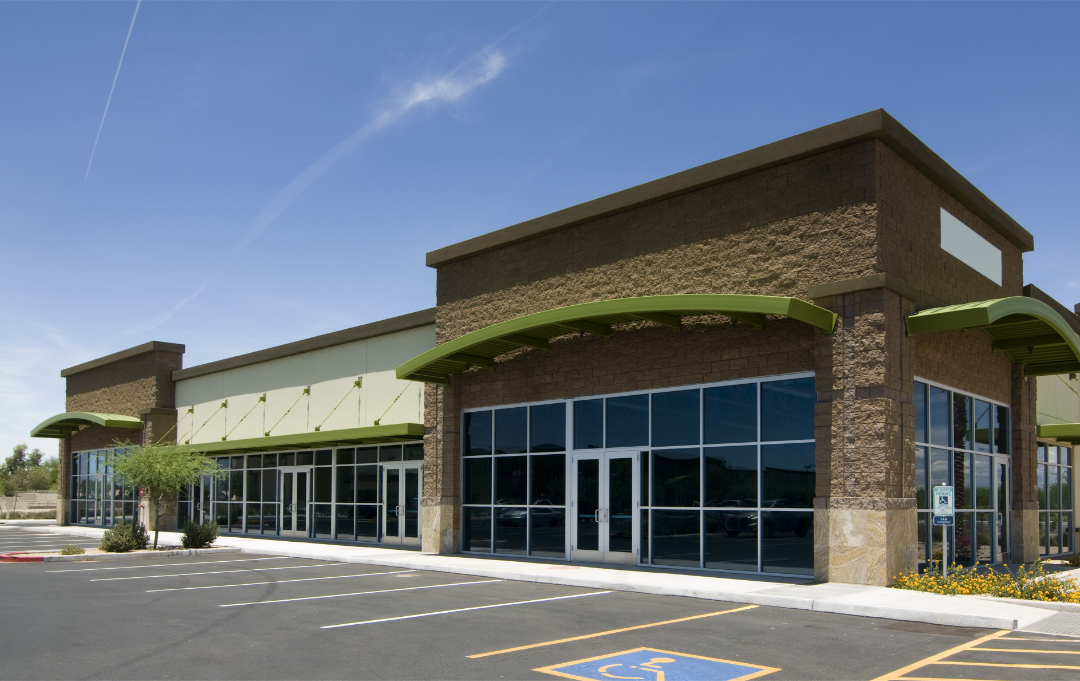Maximizing Your Building’s Cap Rate
Maximizing your commercial real estate building’s capitalization rate, or cap rate, tends to bring the best return.
A cap rate considers a building’s current market value and net operating income and produces a percentage that shows the investment potential. Additionally, a higher cap rate typically leads to higher risk, so each investor needs to determine their comfort level based on their situation.
What Affects Cap Rates?
There are various ways that cap rates can be affected. The following are factors to pay attention to when evaluating the investment potential of a property:
- Market Trends: Market trends substantially impact a building’s value. When there is strong demand, a building will be worth more. When there is a large influx of supply, a building’s value may drop. Any change in a property’s value will ultimately alter the cap rate for better or worse.
- Leases: Cap rates are dramatically affected by the amount of income the building produces. The types of leases in place and the rental rates are crucial in maximizing returns.
- Location: The location of any piece of real estate is essential. If you are looking to draw a specific tenant or demographic to increase rental income, you need to be in the correct location.
- Condition: The condition of the building can have a major impact on cap rates. A property that needs little to no updating will likely draw higher-paying tenants but will have a heftier price tag.
Finding a building that doesn’t just excel in one of these categories is crucial. To maximize your property’s cap rate, you must ensure it has the best combination of the abovementioned factors.
For example, just because a building may be in perfect condition, a bad location may result in a lower cap rate. Or, if the real estate market is strong, but the leases in place don’t have great terms, you may be leaving money on the table.
Your commercial real estate agent will work with you to understand your investment goals and strategy, and help you find the right property to fit your needs. Please contact Steve Longenecker at WeBrokerCORealEstate or 720-600-9513 regarding any commercial real estate needs in Longmont, CO, and our neighboring communities.
We give out $250 gift cards for referrals that become our real estate clients.
Like, Share & Follow us on LinkedIn and Facebook.
#longmontcommercialrealestate #commercialrealestatebroker #northerncoloradocommercialrealestate








